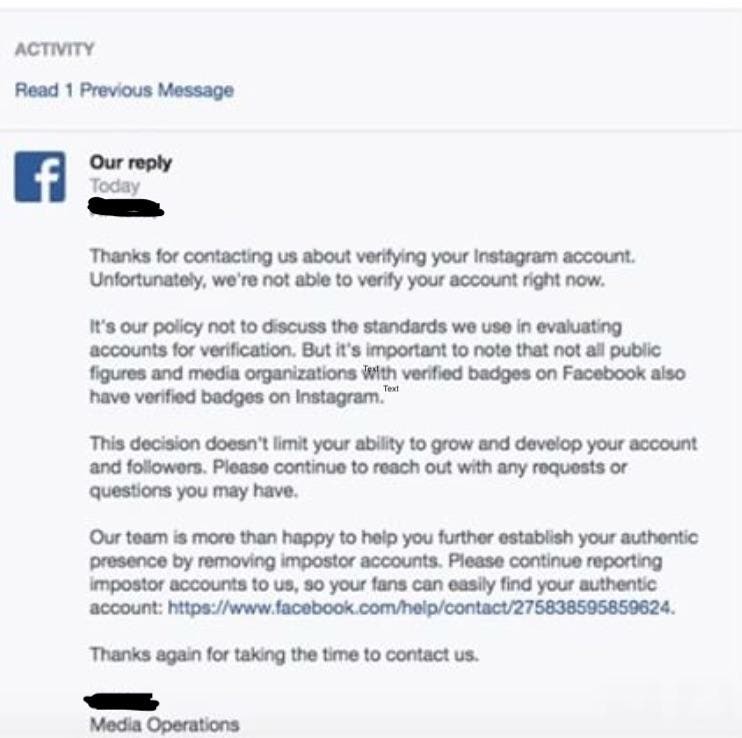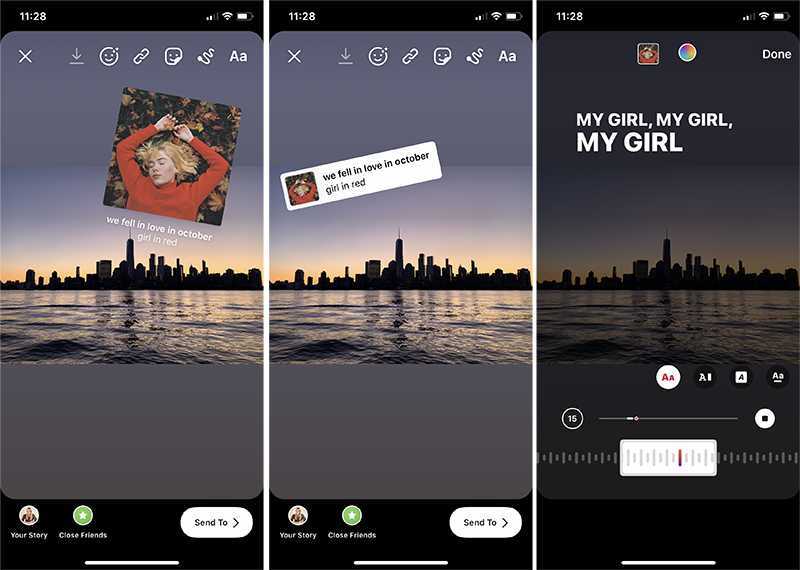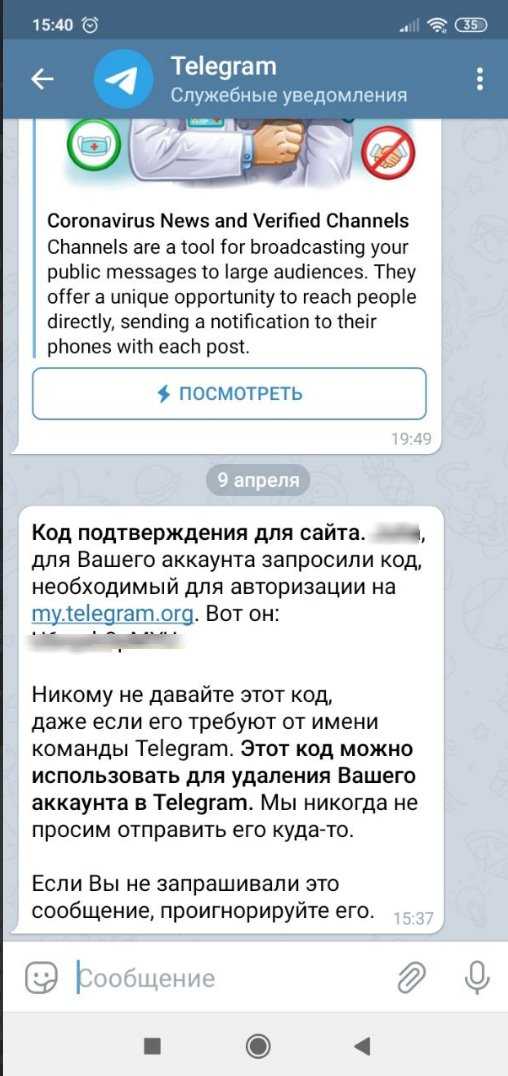How to check if instagram followers are fake
3 Ways to Check if Your Brand Influencer Has Fake Followers
Working with brand influencers is an excellent way for a brand to expand its audience, develop social proof, and create user-generated content. However, brands need to carefully vet their influencers before initiating a partnership. One important thing that brands should look out for is fake followers.
Instagram and TikTok influencers are powerful due to their large number of followers and the trust their followers have in their opinions. In today's day and age, it's not unusual to have hundreds of thousands of followers.
It may surprise you that this scale of following is so common, but brands should be aware that there are ways to buy fake followers or to get fake followers for free. Some of these social media users access fake followers to boost their follower count and to appeal more influential than they actually are.
For those brands that work with influencers, checking for fake followers is critical when choosing an Instagram or TikTok influencer to partner with your brand.
- Check Out Their Followers
Before reaching out to a potential brand influencer, look through their account to see if they have fake followers. It's easier to figure out when your influencer is being followed by fake profiles than you think. Here's what you need to know:
Look for these red flags:
- Followers with No Photos or Posts: If an influencer is followed by users that have not posted and/or lack a profile picture, you can typically assume that these followers are fake. Brands should also look out for influencers with followings of tons of private accounts and “spammy” usernames.
- Irrelevant and/or Spam Comments: If an influencer has a ton of comments, it’s easy to assume that their followers are active. Look through a few photos and scan the comments. If the comments are clearly irrelevant or gibberish, they’re from fake followers.
- Following/Followed by “fan-buying” services: If you look through their followers and who they’re following, you might see one or two fan-buying accounts.
 These are huge red flags that the influencer is gaining fake Instagram followers.
These are huge red flags that the influencer is gaining fake Instagram followers.
- Check Follower Engagement
If an account has thousands of followers, it can be expected that their engagement rates are proportional. Brands can figure this out by comparing the number of followers to the number of likes and number of comments. Instagram or TikTok accounts with many followers and very low engagement rates likely have a bunch of fake followers. Calculate engagement rates for an account by dividing the total number of likes and comments by the total number of followers.
Use these numbers as a benchmark for checking follower engagement. Take the user’s last 10 photos and average the total number of comments and likes, then divide by the number of followers and multiply by 10 to get the average engagement rate. Even if the engagement checks out, make sure you look through their followers and comments to confirm that the account hasn’t purchased these likes and comments from fake followers.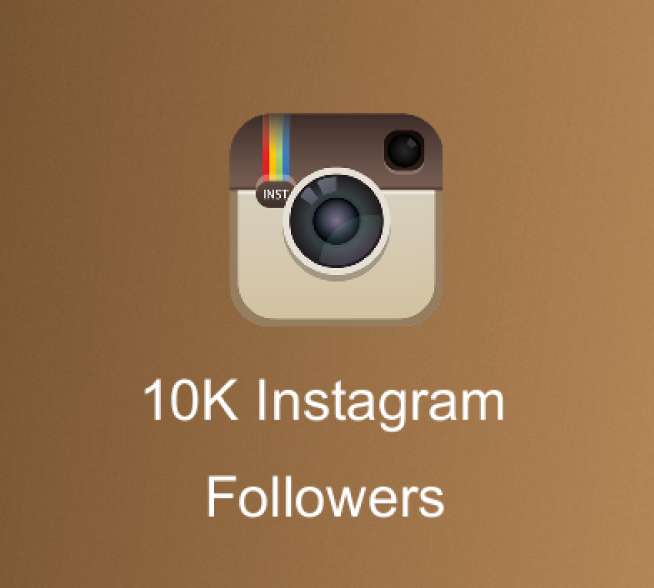
- Use an Automated Tool
If searching through TikTok or Instagram followers and comparing engagement rates manually isn’t the right fit, there are some tools available to help determine whether an influencer’s followers are fake.
FakeCheck scans a profile and determines the number of fake followers versus real ones. The tool also names the most suspicious followers. FollowerCheck is a free tool that provides a snapshot of an account’s followers. It can even be helpful for legitimate accounts. If a legitimate account realizes several fake followers have latched on to their account, they can go in and block/remove those users. FollowerCheck works best on accounts with a larger number of followersand it isn’t 100% accurate, but it can give a big picture view of an account’s follower breakdown.
Social Audit Pro is a paid service that provides follower analytics for Instagram accounts. The platform does a full audit of a profile’s followers that includes useful analytics. There are different paid levels depending on how large an account is – ranging from $5 for accounts with 5,000 followers to $20 for accounts with 20,000 followers. The payments are a one-time fee and are reasonable even for brands with small budgets.
There are different paid levels depending on how large an account is – ranging from $5 for accounts with 5,000 followers to $20 for accounts with 20,000 followers. The payments are a one-time fee and are reasonable even for brands with small budgets.
Conclusion
Many Instagram users have found that padding their followings with paid accounts can help them earn money as an influencer. However, this clearly undermines their authenticity and influence. Manually checking followers for spam accounts and comments is a quick way to find out if the comments and likes are from real or fake followers. Some legitimate accounts may be followed by spam accounts or fan-buying services, but if a potential influencer has massive amounts of fake followers, brands should pass on that partnership.
Fake Follower Check & Fake Influencer Check Tool
Analyze any influencer on TikTok or YouTube
Want to dig into this influencer’s audience? Check out their top followers
Our tool is getting sleeker & better, starting with our Instagram creator database.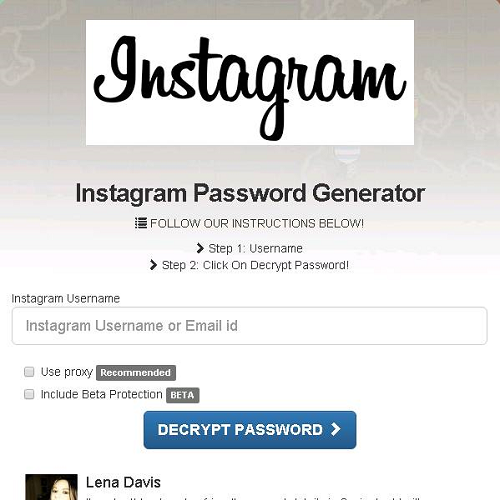 While improvements are in progress, get more IG insight with our Chrome Influencer Marketing Extension.
While improvements are in progress, get more IG insight with our Chrome Influencer Marketing Extension.
Chrome Extension Tool
Manage all your influencer marketing relationships in one place.
Watch the demo
The Impact of Recruiting a Fake Influencer with Fake FollowersBy implication, creators using fake followers willingly render themselves to be fake influencers. Creators build their success on a trustworthy reputation. Resorting to fake followers to build one’s brand cannot establish credibility as a creator.
Creator dishonesty can have negative consequences for the brands that partner with them. In most cases, creators using fake followers deceive brands about their ability to convert consumers during a campaign.
Additionally, agencies that supply fake followers will often have those followers like a brand’s social media page.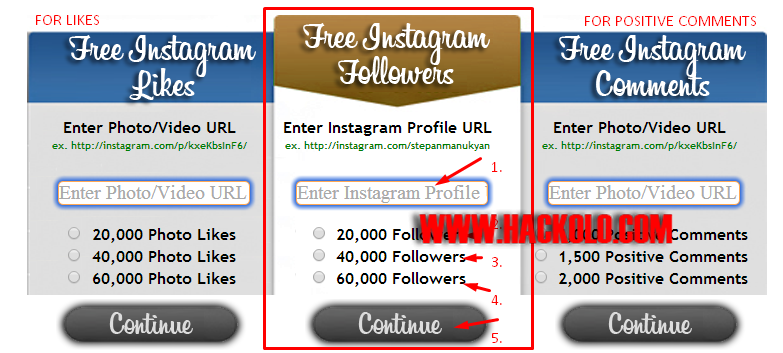 When customers examine a brand’s followers closely and discover that some of them are fake, the brand loses credibility in the eyes of that consumer. Fake followers on a brand’s profile could also keep honest creators from wanting to collaborate.
When customers examine a brand’s followers closely and discover that some of them are fake, the brand loses credibility in the eyes of that consumer. Fake followers on a brand’s profile could also keep honest creators from wanting to collaborate.
The end result of partnering with fake influencers is little to no ROI and possibly even a damaged reputation. Against the backdrop of what good creators can do, recruiting wanna-be creators with fake followers can cost a brand thousands of dollars per campaign.
What are Fake Followers?Fake followers are social media accounts that someone (usually an agency) creates for the sole purpose of boosting follower counts. These profiles do not belong to an active user. In some cases, these fake profiles steal personal information from real social media accounts.
Either way, fake followers are not real people. Agencies that sell “more followers” or “more likes/comments” are most often creating fake followers to boost an aspiring influencer’s numbers.
Even if the creator has no idea that they’ve paid someone to create fake followers, that creator’s account is still considered dishonest. And those creators will not be able to maintain good brand relationships.
How to Spot Fake Followers
There are several ways to spot fake followers. The first and most obvious tactic is to visit the follower’s page. Many fake followers have just a couple of posts (often none at all) and don’t appear to be very active.
Fake followers usually don’t use pictures of real people in their profile pic or posts. If they do use pictures of people, they’ve taken them from somewhere else. You can perform a Google image search to see if a picture exists elsewhere.
Some suppliers use fake followers to post comments on a creator’s posts. This tactic tries to increase the creator’s engagement rate. However, taking a closer look at those comments usually exposes them for what they are. Fake follower comments are shallow (they might say something like “Awesome!” or “I like that”) and offer no real value. These comments often have glaring spelling or grammar errors due to suppliers not having a command of the native language.
These comments often have glaring spelling or grammar errors due to suppliers not having a command of the native language.
Also, fake followers aren’t consistent. Typical engagement followers interact with creator posts somewhat regularly. But fake followers show a spike in engagement followed by an eerie silence.
How to Recognize Influencers with Fake FollowersIdeally, your influencer marketing team already utilizes a decent vetting process. As you examine possible creators, you should be searching for signs that they have meaningful relationships with their engaged followers.
“This is the number one question to ask [about influencers] – Do they have a connection to their audience?” – Ethan Frame, Senior Manager, Influencer Marketing at MVMT
The best creators are excited to have conversations with their followers. These followers demonstrate a genuine interest in the creator’s content and messages.
Fake followers cannot replicate that level of engagement and interest. In most cases, all you need to do is take a closer look. That said, sampling a creator’s posts may mean that you miss checking the posts that contain fake follower engagement.
Similarly, you can’t check every creator follower, especially when that creator has thousands of followers. As such, you may sample from real followers and assume that every other follower is legitimate.
And that’s why we created the fake follower audit tool above.
How to Use This Creator Audit and Fake Follower Check Tool to Recruit CreatorsThe fake follower audit tool above works on a 0-100 score. Scores closer to 100 indicate that follower activity appears to be normal and healthy. Creators with erratic or suspicious follower behavior will score lower.
When using the free tool above, remember that the results are not guaranteed. In other words, the check analyzes platform activity common among creators with fake followers. If an influencer you’re interested in scores lower than you expected, you should still examine the creator’s posts closely.
If an influencer you’re interested in scores lower than you expected, you should still examine the creator’s posts closely.
Similarly, just because a creator scored high does not mean that they do not have fake followers. However, you will be able to notice trends among those that score high and low. These trends will help you identify fake influencers for yourself and focus on other creators with strong connections with their audience.
Conclusion: Don’t fall victim to fake influencers. Recruit only the most authentic creators for your program.In the same way that one great creator could transform your business, one fake influencer could significantly damage your influencer marketing program and reputation online. One of the best things you can for your influencer program is to vet your creators.
Learn to identify authenticity in creator posts and partnerships. Identify audience alignment, and watch how those creators connect with their followers. Taking these steps can help you stay away from fake influencers and partner with only the best. In time, you’ll be able to nurture a thriving creator community of top performers.
Taking these steps can help you stay away from fake influencers and partner with only the best. In time, you’ll be able to nurture a thriving creator community of top performers.
Frequently Asked Questions
Fake followers are bots or fraudulent social media accounts that follow people to boost their overall audience count. People can pay services that use these bots to follow them and artificially inflate their audience on social media, leading to potential brand partnerships. Another method of gaining fraudulent followers is participating in follow-for-follow schemes, in which a creator follows a random account if they reciprocate the favor.
You can determine if a social media profile has fake followers by checking several things, including:
- Follower count – The number of followers they have on a social media platform.
- Engagement rate – You can calculate engagement rate with the following equation: (Post Comments + Post Shares) / Number of Influencer Followers = Engagement Rate.
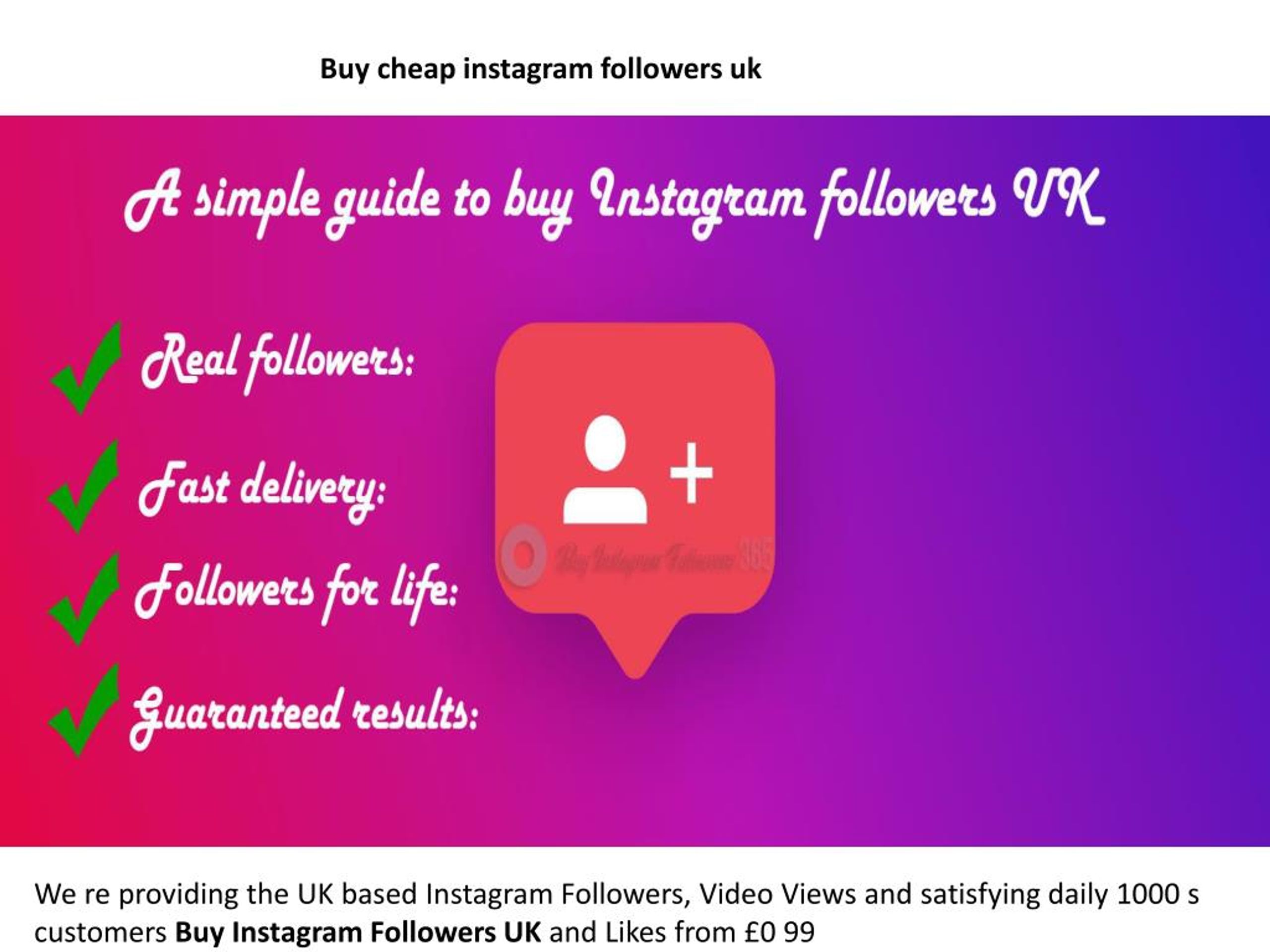
- Average likes per comment – It’s easy to like a post while not really paying attention to it, but comments require more engagement. Use this to better gauge an audience’s involvement.
You can also use GRIN’s Fake Influencer & Credibility tool to determine the authenticity of a creator’s audience with little to no effort.
A 2018 report from The Information showed that bots comprised roughly 10% of all Instagram accounts.
There are a few key things to look for when evaluating whether or not a follower is real, including:
- How many friends/followers/subscribers they have and how many accounts they follow in return. Many fake profiles use a follow-for-follow scheme to inflate their audience artificially. If their following is roughly the same size as the number of accounts they follow, they may be a bot.
 On the other hand, if they have almost no followers but follow a ton of profiles, that’s also a red flag.
On the other hand, if they have almost no followers but follow a ton of profiles, that’s also a red flag. - Their profile information. If their username is a string of random characters, they’re missing a profile photo, or they only have a handful of posts, they are probably a fake account.
- Their posts. If they only share content from others and don’t post any original content, they may be fake.
- Their comments on posts. If most of their comments are spammy, irrelevant, nonsensical, or in a different language than the majority of their content, they may be a bot.
- The age of their account. If they have a significant following and their profile is only a few weeks or months old, this can be a sign they’re a fake account.

If you want to determine the authenticity of an Instagram influencer’s followers, do the following:
- Click into a follower’s profile, and look around. Do they have a profile pic, a bio, and a legitimate-sounding handle? Do they have a reasonable number of posts, and if so, were they shared at regular intervals or within a short period?
- Check their tagged photos. If they don’t have any tagged images or their tagged photos seem spammy, they’re probably a bot.
- Do steps 1 and 2 with several of the influencer’s followers. If a significant number of accounts seem fake, their audience is probably not very credible.
- Head back to the influencer’s account and check their engagement rate. You can do this by dividing the number of engagements by their number of followers. If the engagement rate seems way too high or way too low, they might have a significant number of bots following them.
 Learn more about reasonable engagement rates.
Learn more about reasonable engagement rates.
You can also tell if an Instagram influencer has many fraudulent followers using GRIN’s Fake Influencer & Credibility tool.
While it isn’t illegal to have fake followers, it is against most major social platforms’ community guidelines. Repercussions for purchasing fraudulent followers or participating in follow-for-follow schemes can include reduced capabilities on the platforms and losing your account entirely.
Meta, Instagram’s parent company, announced in May 2022 that it had removed billions of fraudulent profiles from Facebook, another one of its social platforms. While the company did not provide news about deleting fake accounts from Instagram, we can assume it is launching the same efforts across all platforms, including Instagram and WhatsApp.
Bots are one type of fake follower, but there are also follow-for-follow or share-for-share schemes where people will agree to interact with random profiles if they reciprocate the favor.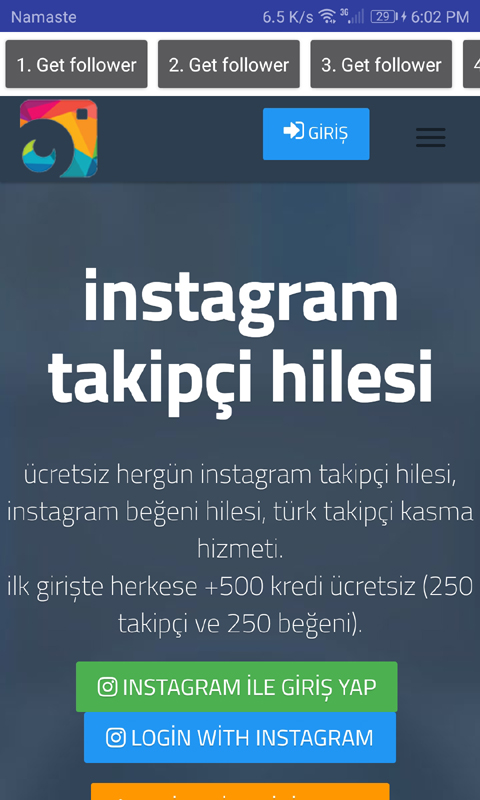 These followers are also fake since they don’t have a genuine interest in a creator’s content.
These followers are also fake since they don’t have a genuine interest in a creator’s content.
You can manually audit an influencer’s followers to see how many of them seem authentic, but this can be prone to human error and take a ton of time. Instead, use GRIN’s Fake Influencer and Credibility tool to get a credibility score in seconds.
We don’t recommend working with an influencer with fraudulent followers for two main reasons. These are:
- Weaker ROI – When you pay an influencer to share your brand story with their audience, you want to be sure it’s being seen by real people who will remember your company and make purchases. Fake followers have no interest in listening to creators or supporting the businesses they promote.
- Lack of trust – When you’re building a business relationship with a creator, you want to be able to trust them. If they artificially inflate their follower count to land brand deals, they probably won’t make an ideal partner.

While there’s no way to be certain whether someone is buying followers on social media, you can determine their audience credibility and make assumptions from there. Here’s how to do it:
- Use GRIN’s Fake Influencer & Audience Credibility tool. Copy and paste a link to a person’s social media profile and click “Check.”
- Analyze the credibility score. The closer the score is to 100, the more authentic their audience is.
When gauging the authenticity of an Instagram follower, they are likely real if:
- They have several posts spaced out over time. Some bots have very few posts, while others may have a ton posted within a very short period. Also, check for original-looking content. If all the account does is RT or share other people’s content, it may be fake.
- They have tagged photos of themselves.
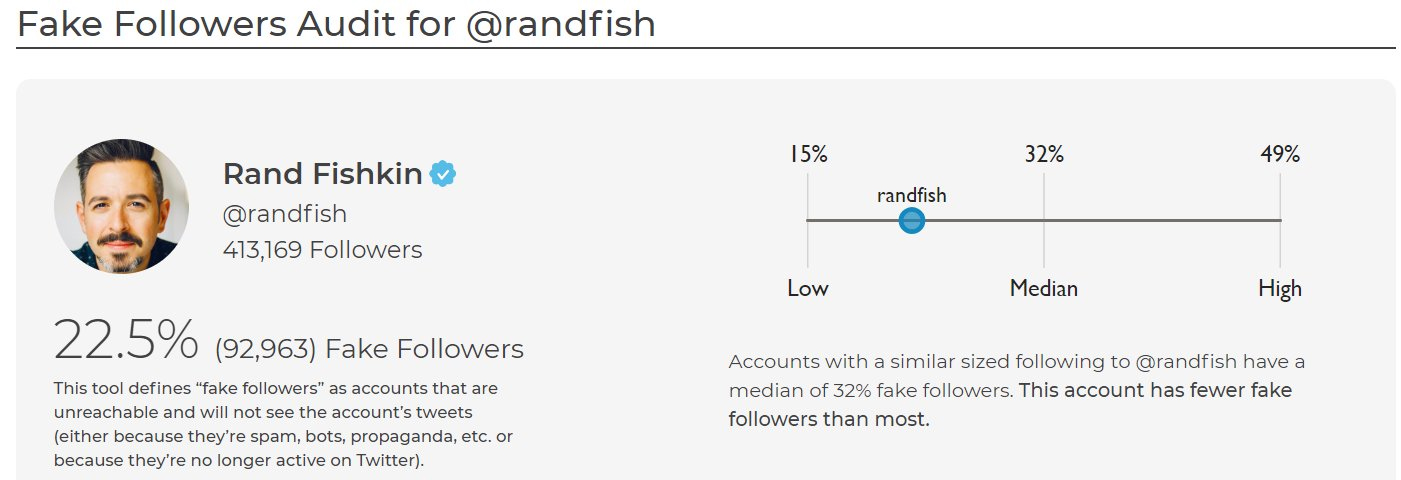 If they aren’t tagged in pictures or their tagged photos seem spammy, they may be a bot.
If they aren’t tagged in pictures or their tagged photos seem spammy, they may be a bot. - They have authentic interactions with other users. Are they leaving thoughtful comments on posts? If so, they’re probably real. If they’re posting irrelevant, confusing, or extremely vague comments, they’re probably fake.
What the best brands are doing to drive revenue from influencer marketing
Whether you are just getting started with influencer marketing or already have your program in place, this guide gives you the tools to get the return on investment your C-level will love.
Fake Followers: Tools, Guidelines, and Do's and Don'ts
Influencer marketing is a great approach for brands of any size and in any market niche: not only does it work well across all stages of the funnel with a wide variety of audiences, but it's also highly ROI. According to the 2017 Influencer Marketing Hub, every $1 of investment in influencer marketing generates $7. 65 in revenue. But, of course, this is not always the case: 25% of companies either lose money or only break even, but no more. And one of the reasons is the fake audience of influencers, which does not provide real reach and engagement.
65 in revenue. But, of course, this is not always the case: 25% of companies either lose money or only break even, but no more. And one of the reasons is the fake audience of influencers, which does not provide real reach and engagement.
Fake social media followers are bad for a couple of reasons: firstly, they do not justify the invested budget, and secondly, they can seriously undermine the reputation of the brand. They also do not adequately assess audience engagement, acquisition cost, and other important digital marketing metrics.
Do you want to avoid this? Then this article is for you.
What are fakes in social networks and why are they needed
Fake followers in social networks are profiles of fake people that were created for mass subscriptions to other accounts in social networks for money. Usually fake accounts are inactive: they don’t like, they don’t leave comments, they just hang in the profile like a dead weight. The audience in this case is a very strange thing: it seems to be there, but it seems to be not. If fakes start to become active, it is usually in a negative way: sending spam - from memes to fake news.
The audience in this case is a very strange thing: it seems to be there, but it seems to be not. If fakes start to become active, it is usually in a negative way: sending spam - from memes to fake news.
At the same time, buying fake followers is still a popular tactic in SMM.
Large platforms oppose and fight cheating. According to Fast Company, Twitter automatically deletes between 6 million and 7.5 million accounts a week. So, if platforms are openly against buying fake followers, why are they still doing it?
The number of social media followers is the most visible indicator of success. It is not surprising that some bloggers decide to take a shortcut to fame and, instead of building an audience, buy it. Indeed, a Facebook business page with 10+k followers looks more impressive than one with 1+k. The nuance is that anyone can buy subscribers, but not to become an opinion leader. For marketers, this is not fraught with ephemeral status, but with more real and serious risks:
- Budget drain .
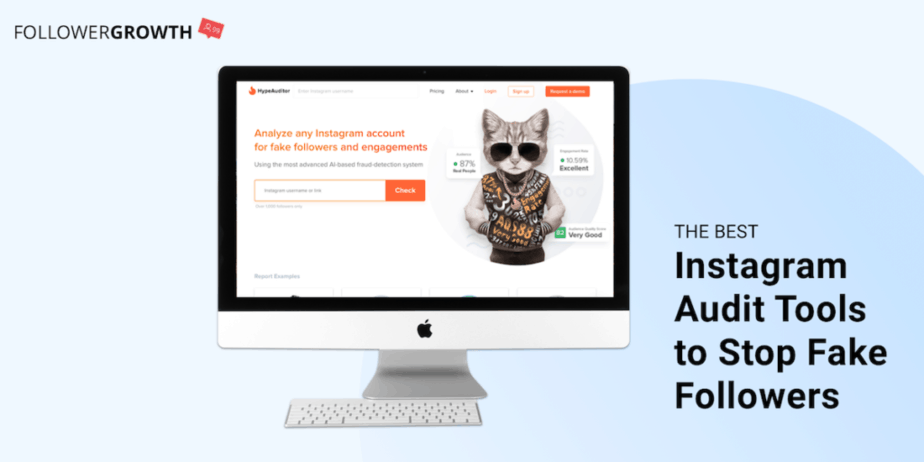 Imagine spending big bucks on an influencer with millions of followers only to find that they are promoting your brand with bots and inactive accounts.
Imagine spending big bucks on an influencer with millions of followers only to find that they are promoting your brand with bots and inactive accounts. - Declining engagement . Since fake followers are inactive most of the time, they will not interact with the content. As a result, engagement will be minimal, making it difficult to evaluate the effectiveness of the content.
- Brand damage . A brand that buys fake subscriptions is a scandal. This can not only destroy the image of the company in social networks, but also shake the confidence in the business as a whole.
- Trash Tape . No one wants their newsfeed to be filled with junk posts, which is exactly what happens when your audience is made up of fake accounts.
So, how to avoid this? Find an influencer to promote with an organic audience who might actually be interested in your product. But how to do it? Let's see how to audit fake followers.
How to check the validity of an influencer's audience
There are two cases to check followers on Instagram and other social networks: if you are going to order an advertising campaign from an influencer and if you are engaged in SMM yourself. In both cases, this will save money, nerves, and reputation, since you will work for the “cleanest” audience possible, increasing the chances of conversion.
So, fakes are usually inactive and hardly interact with the content. For this reason, social media profiles with unusually low levels of engagement are likely to have some proportion of fake followers.
There are two ways to measure engagement - automatically and manually. Services for automatic verification of subscribers in social networks:
- Influencer Marketing Hub;
- Grin.co;
- SocialBakers;
- Modash etc.
They automatically check the activity of the audience and make a verdict on how organic it is, and not cheated.
You can also do a basic assessment manually: by calculating the percentage of engagement or the number of interactions per 1000 subscribers.
1. The percentage of involvement to identify fakes in social networks
Formula, how to calculate the percentage of involvement:
percentage of involvement = (number of interactions / number of subscribers) * 100
For example, for example, on the influencer page has 25,000 followers, and the total number of post interactions (likes, comments, and shares) is 1,000. So:
(1,000 / 25,000)* 100 = 4%
It turns out that 4% of subscribers interact with the content (assuming that each user interacted with it only once).
Of course, this does not reflect reality 100%: some of the subscribers interact with the content often, and some do not do it at all - and the formula does not take this into account. However, the end result is quite valid and gives a pretty good idea of your active audience share.
2. Number of interactions per 1000 followers to detect fakes in social networks
This metric measures how many of every 1,000 subscribers have interacted with the content. The formula looks like this:
Number of interactions per 1000 followers = (number of interactions with the post / number of subscribers at the time the post was published) * 1000
total number of subscribers at the time of publication of the post: 25,000. It turns out that:
(65 / 25,000) * 1,000 = 2.6
That is, for every 1000 subscribers, 2-3 people interacted with the content - this is a good result.
The advantage of using the number of interactions per 1000 followers is that you can see the percentage of interaction for each individual post. The metric also allows you to track changes over time to identify any anomalies in the ratio of interactions to audience size.
How to Check for Fake Instagram Influencer Profiles
Fake social media audience followers are bad for your business. It is even more harmful when these fakes are in the audience of the influencer from whom you decide to buy ads. How do you make sure the influencer you want to partner with actually has a live audience?
It is even more harmful when these fakes are in the audience of the influencer from whom you decide to buy ads. How do you make sure the influencer you want to partner with actually has a live audience?
Calculate engagement metrics manually using the formulas above, or use automatic influencer analytics tools.
The number of interactions per 1000 followers will often be higher for influencers than for business pages. This is because social media influencers (real ones, of course) are close to their audience and know what type of content they will enjoy. This is why partnering with an influencer can be extremely effective if you don't already have a clear SMM content strategy.
But how high does the level of engagement need to be to promote? It depends on the audience size and your business.
According to SocialBakers, small business influencers with large audiences have the best returns, while the effect for larger brands decreases when partnering with smaller influencers.
How to build an organic audience on social media
If you want to build an audience that is real and loyal to your brand, you have to work hard on social media. There are tons of strategies, but we have identified 5 practices that any marketer can use:
- Understand your followers . Whether you're being followed by 100 or 100,000 people, it's important that you take the time to get to know them better. Analyzing demographics, interests, and behaviors will help you determine what people care about. As a result, you will be able to develop an individual social media strategy that will help you attract new followers.
- Post relevant content - This tactic is closely related to the first point; the more you know about your social media audience, the more personalized content you can create. Publishing personalized posts, in turn, is a proven way to get more interactions and attract users from your niche.

- Consistent posting to keep appearing in news feeds and attracting new potential subscribers. To be able to post regularly, streamline your workflow, stock up on the right publishing tools, and know when is the best time to post.
- Increase your reach with influencers - just make sure you choose real influencers! Influencers can help promote your business to new audiences, generate interest in services or products, and encourage people to follow you on social media.
- Create posts that can be shared . Another great tactic to get your content out to new audiences and increase your following is to create viral content. To do this, keep your posts short and digestible, provide information or entertainment, evoke strong emotions, or offer your readers a surprise.
See also: "Viral advertising: what it is, examples and benefits."
Summary
Fake followers are inactive social media profiles that serve to promote accounts and are sometimes used by brands and influencers. Their trouble is the unreality of reputation: since the audience is not real, the reputation of the brand is like a soap bubble, just as fragile. In order for influencer marketing to work as it should, it is important to evaluate the quality of the audience - manually or through special software.
Their trouble is the unreality of reputation: since the audience is not real, the reputation of the brand is like a soap bubble, just as fragile. In order for influencer marketing to work as it should, it is important to evaluate the quality of the audience - manually or through special software.
Read also what content marketing is and what it is for, and work on branding your company with UniTalk!
SMM Social network
Share:
How to clean Instagram from bots and passive followers
November 8, 2019 Social Networks
Type in the search “how to quickly gain followers on Instagram” and you will see thousands of search results pages and dozens of ways. Unfortunately, not all of them are legal. But some services still offer to “catch up with bots”, although this option is outlawed by Instagram itself. Why you don’t need “dead souls” and how to clean Instagram from bots, if they already exist, we’ll figure it out today.
The growing popularity of Instagram and its massive promotion led to the emergence of bots. Accounts that are artificially created for subscriptions to many other profiles and do not belong to a real person. The increase in the number of subscribers due to bots creates the appearance of popularity. But this is just an appearance.
Where do inactive subscribers come from and why are they dangerous? There are tens of thousands of bots on Instagram. The bot subscribes to accounts, puts likes and can even leave simple comments.
It is easy to spot a fake profile. On the page, as a rule, there is no avatar, no personal photos, posts, and the title contains symbols, numbers, meaningless sets of letters. There are few subscribers on such pages, but there can be several thousand subscriptions.
Modern bots have changed a bit. An account can have photos and even a couple of hundred followers. The bot can leave simple comments and put popular hashtags.
Do you want to know more about setting up work in the most important social networks? Participate in the article series “SOCIAL NETWORKS: The Big Break Theory”
Participate
How dangerous bots are for the account owner and advertiser
The more subscribers a blogger has, the more he charges for advertising. The advertiser sees the number of subscribers and, paying for advertising, hopes that the costs will pay off at the expense of the audience. But the bots don't buy anything.
This leads not only to draining the advertising budgets of companies, but also to discrediting the social network itself. Therefore, at the end of 2018, Instagram changed the rules and began to actively fight against the cheating of subscribers.
For the account owner, the increase in the number of subscribers due to bots and “dead souls” may have a small effect only at first. Yes, a visitor to your Instagram page may decide to follow if they see a large number of followers.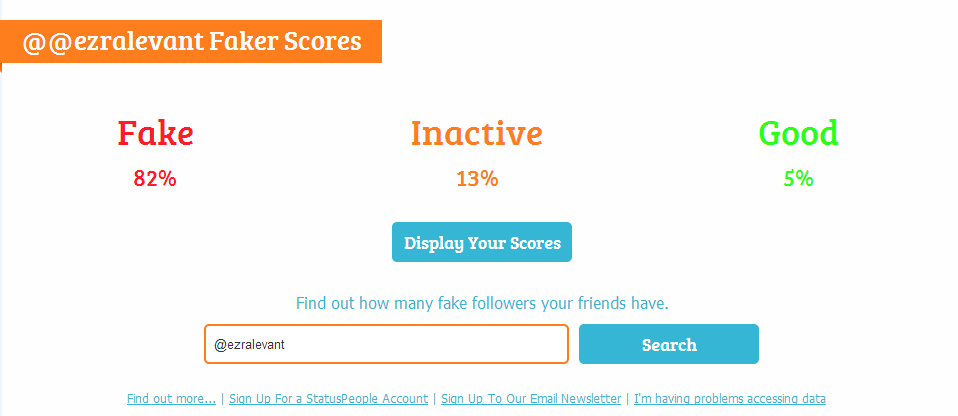 But in the future, such tactics will lead to disastrous results.
But in the future, such tactics will lead to disastrous results.
4 reasons why you don't need bots
Since Instagram is now waging a real war against inactive accounts and deleting them, buying bots is a waste of money. You can buy several thousand "dead souls". But 2-3 days will pass, and most of these accounts will be blocked for suspicious activity. And your account will again have the same number of subscribers.
Trust in accounts with a large number of followers and low activity on their part decreases. Instagram users are not stupid. If they see a large account with almost no discussions, they understand that there is really nothing interesting here. That they are trying to deceive.
Lack of engagement for social network algorithms is a wake-up call. They stop promoting the account in the news feed. Thus, real subscribers may not see posts even with daily publication of interesting materials. New photo algorithms show about 50% of subscribers. And if they react to it, show the rest. Imagine what will happen if these 50% are bots. Your post will not be seen by others.
Imagine what will happen if these 50% are bots. Your post will not be seen by others.
It is difficult for an account owner with bots or inactive followers to track statistics on real users.
Inactive followers
Live but inactive followers are considered more attractive than bots. At the same time, you can also wind them. But here, too, there is a catch.
Inactive subscribers are not interested in published content. This is not your target audience. Often these are ordinary schoolchildren and students who earn a little money by doing simple tasks: subscribe, like, write a positive review or comment. They are not interested in your company, photos and useful information. It is also unlikely that they will see the promotional post and want to buy something. And they also distort the statistics and reduce the engagement of the account. So why do you need them?
Why Instagram engagement is needed
Social media algorithms, including Instagram, are constantly improving. Today they analyze and evaluate the engagement rate. Even with a small number of followers, posts get likes. When the number of followers grows naturally, the number of likes also increases proportionally. This situation suits the algorithms of the network, they continue to display new posts in the feed of live subscribers.
Today they analyze and evaluate the engagement rate. Even with a small number of followers, posts get likes. When the number of followers grows naturally, the number of likes also increases proportionally. This situation suits the algorithms of the network, they continue to display new posts in the feed of live subscribers.
So, if you have 100 followers and 5 likes, the engagement will be 5%. For Instagram, this is considered a good indicator.
This account has low engagement — 1.2%
With any promotion, the number of subscribers is growing rapidly, while the number of likes remains unchanged. Engagement rates for such an account plummet. And the algorithm stops showing new posts in the feeds of not only bots, but also live subscribers.
Result: you lose part of the live audience, potential customers, trying to keep up with the number of subscribers.
And this one was obviously caught up with bots, engagement is 0.075%
How to delete bots on Instagram manually
What to do with fake followers? There is only one way out - to identify and remove bots. The process is not easy, especially if you are doing it for the first time.
The process is not easy, especially if you are doing it for the first time.
A few tips on how to make removing fakes as painless as possible for your account:
- Do not try to remove all bots in one day. The Instagram algorithm does not distinguish whether people unsubscribe from you or you unsubscribe bots manually. Any sharp fluctuations for him is a signal: people leave the account, which means that he is bad, uninteresting, or breaks the rules. And account reach is dropping sharply. Sometimes so much that no one sees the posts at all. Dose cleansing.
- When cleaning, create a portrait of your audience and see if the account matches this portrait. Many people do not manage their accounts, have 2-3 photos or empty pages, go to Instagram only to see the news of friends or companies they follow. Studying client pages, direct messages will allow you to draw up a portrait of a potential client and not accidentally unsubscribe a living person instead of a bot.

- Most real users subscribe only to interesting pages. Therefore, one of the indicators of a bot or a commercial page is from 1000 subscriptions in the profile. It is unlikely that a living person will have so many subscriptions, he simply will not have time to view everything.
Manual profile cleaning is a rather complicated and lengthy process. To decide whether to delete or block a user, you need to make sure that this is a fake account. This means that you will have to open the profile of each subscriber, look at the photo and his subscriptions, study his activity on your page, read the comments.
It may take more than half an hour to check one subscriber. And if you have, for example, more than 1000 of them, the task of identifying fakes will take many weeks of continuous work. But there are other solutions on how to effectively clean your profile from bots and inactive subscribers.
How to remove bots automatically
There are special services for this. They themselves monitor subscribers and identify bots and unwanted “dead souls”. Their task is to increase the coverage and engagement of the account through high-quality analysis and automatic cleaning.
They themselves monitor subscribers and identify bots and unwanted “dead souls”. Their task is to increase the coverage and engagement of the account through high-quality analysis and automatic cleaning.
Services distinguish 4 groups of unwanted subscribers:
- bots;
- commercial accounts;
- non-reciprocal subscriptions;
- inactive accounts.
You can clear only one of these groups or several at once.
One such service is Spam Guard.
Spam Guard takes into account all existing limits from Instagram. If the deletion list is large, the service will be suspended for a certain time and then restarted. Upon completion, a notification will be sent to the mail.
Benefits of SpamGuard
- Accurate bot recognition system.
- Adaptation for any gadgets.
- Automatic deletion of unnecessary accounts, creation of a list of exclusions.
- Possibility to connect several accounts to the service.
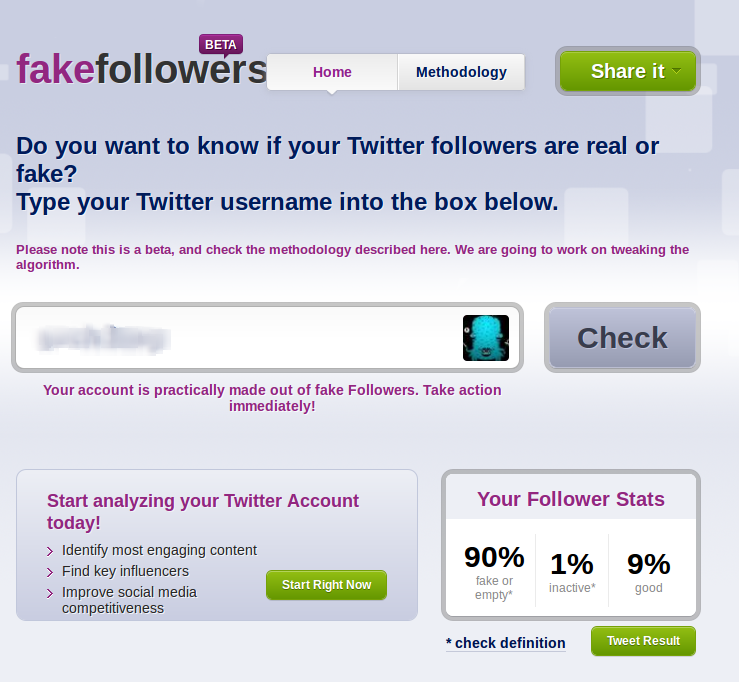
- The service will work even if the browser is closed.
- Get detailed reports on the work done.
Once the analysis is completed, all unnecessary subscribers will be divided into 4 groups. At this stage, further actions are configured:
- Select a group to delete.
- Inside any group, you can check the boxes for those accounts that you consider it necessary to leave as subscribers. The system will not delete them, but will transfer them to the exclusion list.
After you complete your first full analysis cleanup, the service will offer you a subscription that will allow you to monitor your account 24/7. It is profitable and quite convenient. After subscribing, you no longer have to think about how to manually clean Instagram from bots. The system itself will block bots, inactive users, commercial accounts and will not allow spam on your page.
How to clean Instagram from bots: run account verification
To start working with the SpamGuard service, you need to register via e-mail and enter a password. An Instagram account is added after authorization and login.
An Instagram account is added after authorization and login.
Start screen
To start checking an account, it must first be added and synchronized with the Spam Guard service. Enter your username and password on the main page. Then the system will check the owner, send the code to the phone. When adding an account to Spam Guard, it is important to close the profile on all devices and disable two-factor authentication.
Then you can start the test.
The service has two modes: test (analysis of no more than 30% of subscriptions) and full. Choose the right one. The service will take some time, the duration of the check depends on the number of subscribers.
How to clean Instagram from bots automatically and how much it costs
The subscription price depends on the complexity of working with the account and the number of subscribers.
Checking in test mode is free. You can try it right now.
The price of a complete cleaning is individual.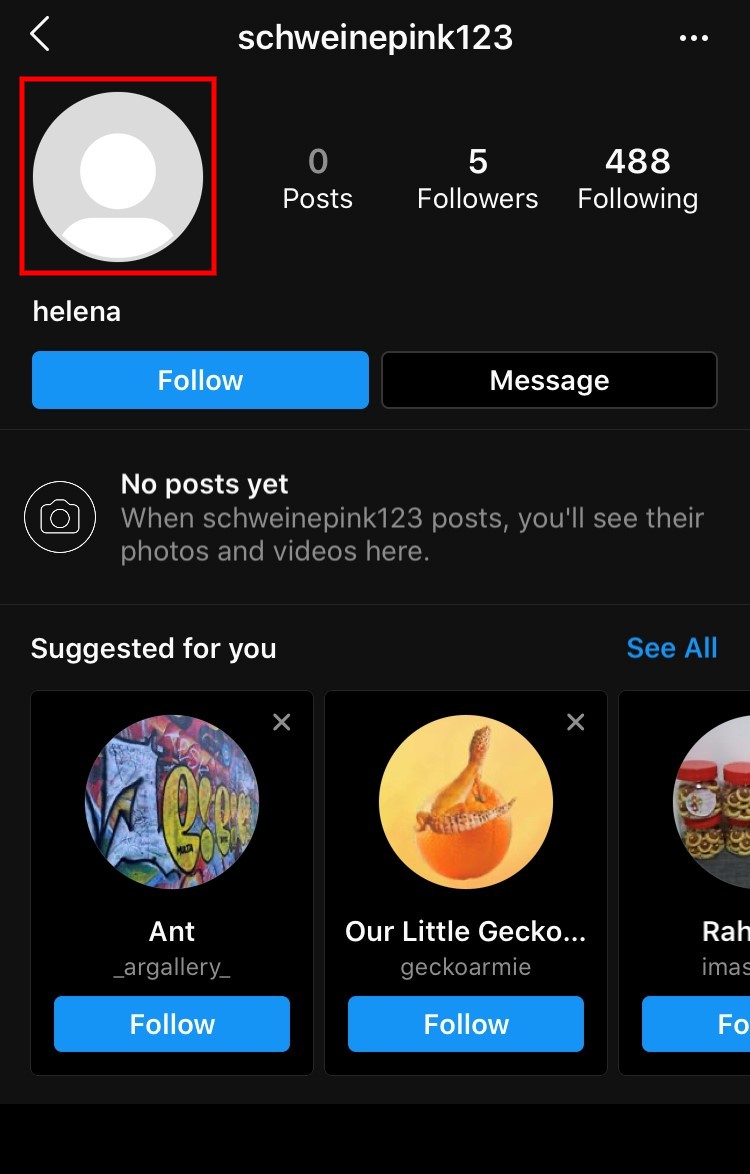
To find out the cost of a monthly subscription fee, on the main Spam Guard page, enter your account name and click on the "Get Price" button.
Of course, you can carry out a one-time check, clear your profile and then regularly carry out manual deletion yourself. But by subscribing to the Spam Guard service, you will receive regular monitoring in automatic mode, without personal participation in the process. Even unwanted words can be specified, and the service itself will block messages with them in your account.
You can not only improve your positions on the Instagram network, but also increase your reach and engagement. For a small amount, you will get rid of the routine, free up time for more important business management matters. Read more useful materials in the Marketing from the Basics Club and the Telegram channel.
AzСonsult.ru
There are already more than 20 thousand of us on the social network.

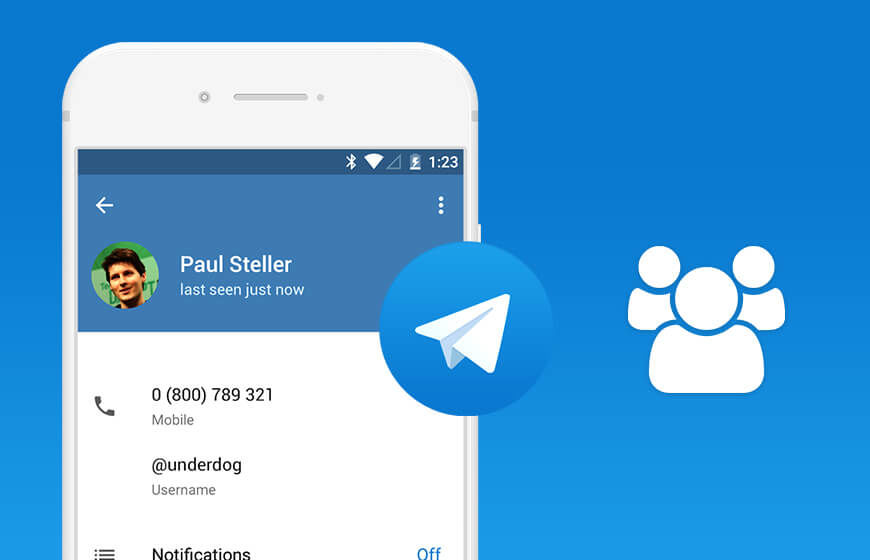
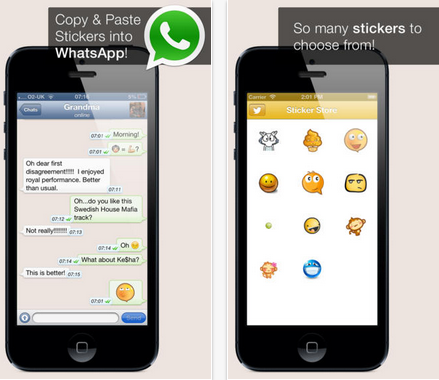
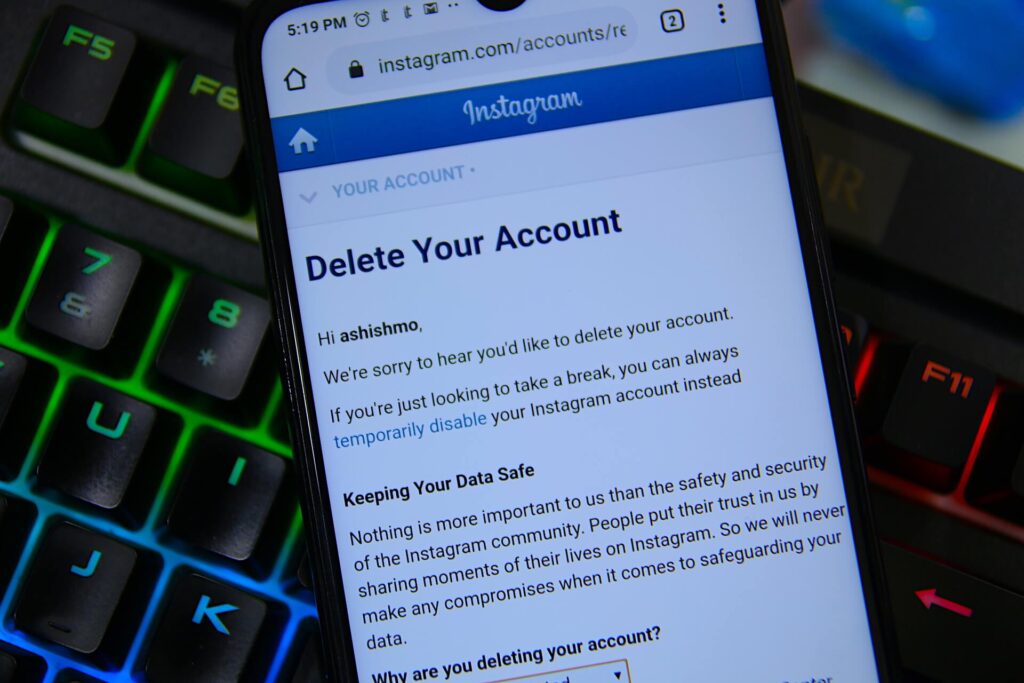

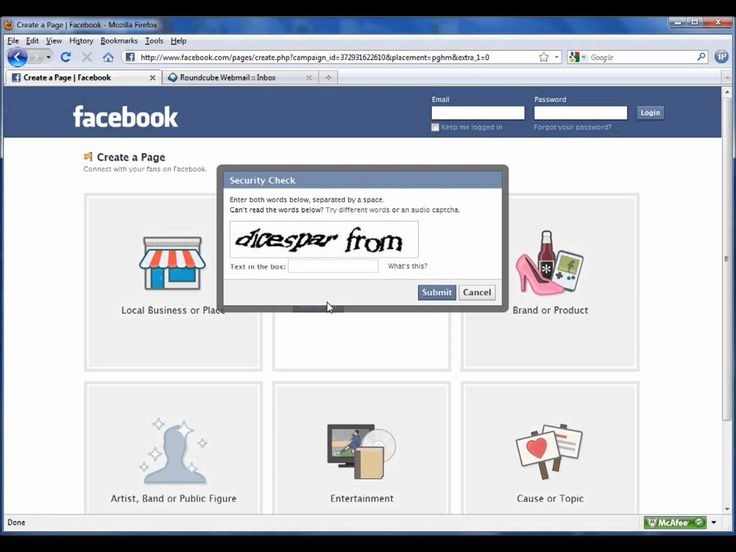
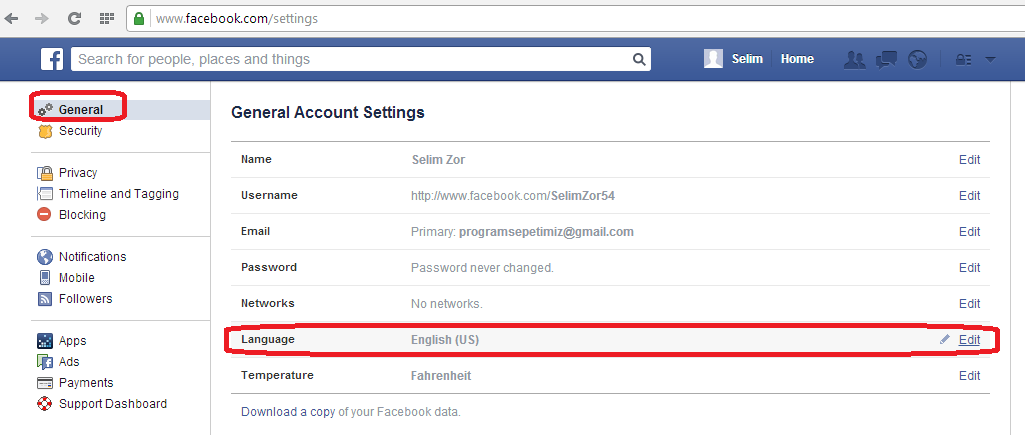.png)
